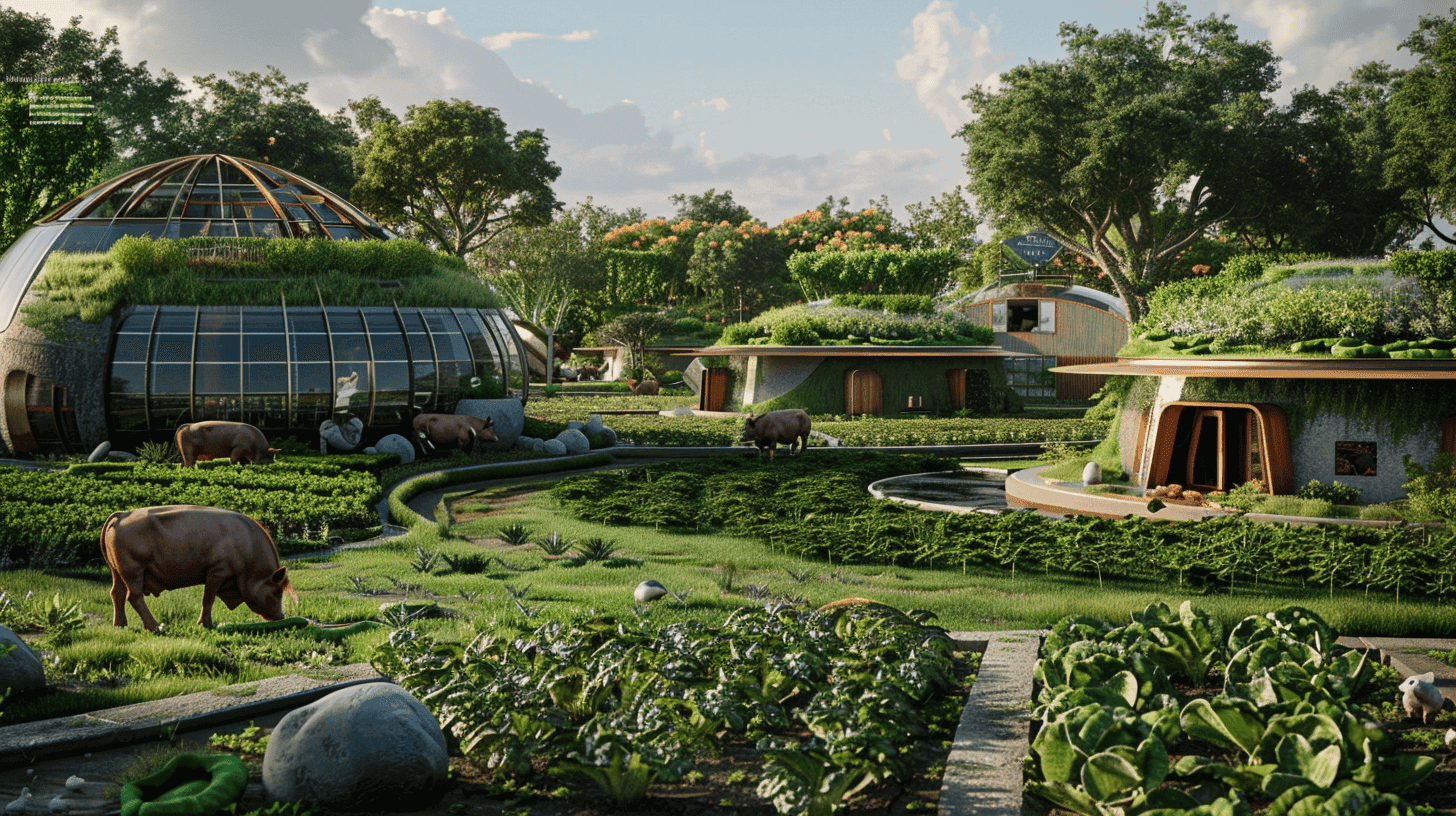PBL concludes: circular ambitions Netherlands lag behind
The Netherlands can only consume significantly less raw materials if it commits to recycling and other strategies such as circular design and life extension. PBL concludes that in its latest report.
Published on September 4, 2024

Team IO+ selects and features the most important news stories on innovation and technology, carefully curated by our editors.
The pursuit of a circular economy in the Netherlands is in danger, warns the Netherlands Environmental Assessment Agency; PBL) in its latest report this week. Despite urgent environmental goals, there is too little progress. Key sectors such as construction, packaging, and energy technology are lagging behind. In addition, only 7% of plastic packaging is reused. PBL argues for a stronger government hand in policy and innovation.
The construction sector, packaging, and energy technologies are the critical issues in PBL's report. These sectors are essential for the transition to a circular model but now appear to be the giant stumbling blocks. The increasing use of materials and raw materials, especially after the economic dip caused by the coronavirus pandemic, shows that current measures are insufficient.
Construction as the biggest polluter
The impact is significant in the construction sector, especially through the production of materials such as concrete, iron, steel, aluminum, and insulation materials. These are responsible for high carbon emissions, and recycling opportunities remain limited. Insulation materials such as polyurethane foam are tough to recycle. The report highlights that the lifespan of wind farms is often not long enough to justify repairs and life extension, leading to early scrapping.
Packaging industry and energy technologies
In the packaging industry, only a fraction of plastic packaging is recycled into new packaging. TNO predicts a 17% increase in demand for plastic packaging unless drastic action is taken.
The situation with energy technologies like solar panels and wind turbines is similar. These products are often difficult to recycle and need to be more circular. PBL argues that an integrated approach is essential, linking circularity to other social issues, such as energy transition and climate goals.
Policy recommendations for circular progression
To accelerate the circular economy, PBL recommends several specific measures. First, circularity and other societal tasks must be linked. Product design should focus on reuse and repair. All circular solutions, from recycling to smarter product design, are needed. Policy should focus on this product-oriented approach, and the availability of data and information should improve.
The PBL study shows that current government programs are insufficient to encourage circular construction. 'Biobased' construction, for example with wood, is put forward as a possible solution. This goes hand in hand with a call for the government to create more initiatives and programs to promote circular methods in the construction sector.
The path forward
PBL's findings are clear: there is an urgent need for a change, of course, if the Netherlands aims to achieve its circular ambitions. Closing the loop is not only an environmental issue but also an economic and societal challenge. The government has a key role in facilitating and accelerating this transition by stimulating policy and innovation and encouraging sectors to work together.
The route to a circular economy is complex and requires an interplay of policy, business, and citizens. The Netherlands needs to catch up regarding current affairs, but the PBL report provides a framework for progress. The ball is now in the government's and other stakeholders' court to turn these recommendations into concrete actions and ensure the Netherlands' circular future.
